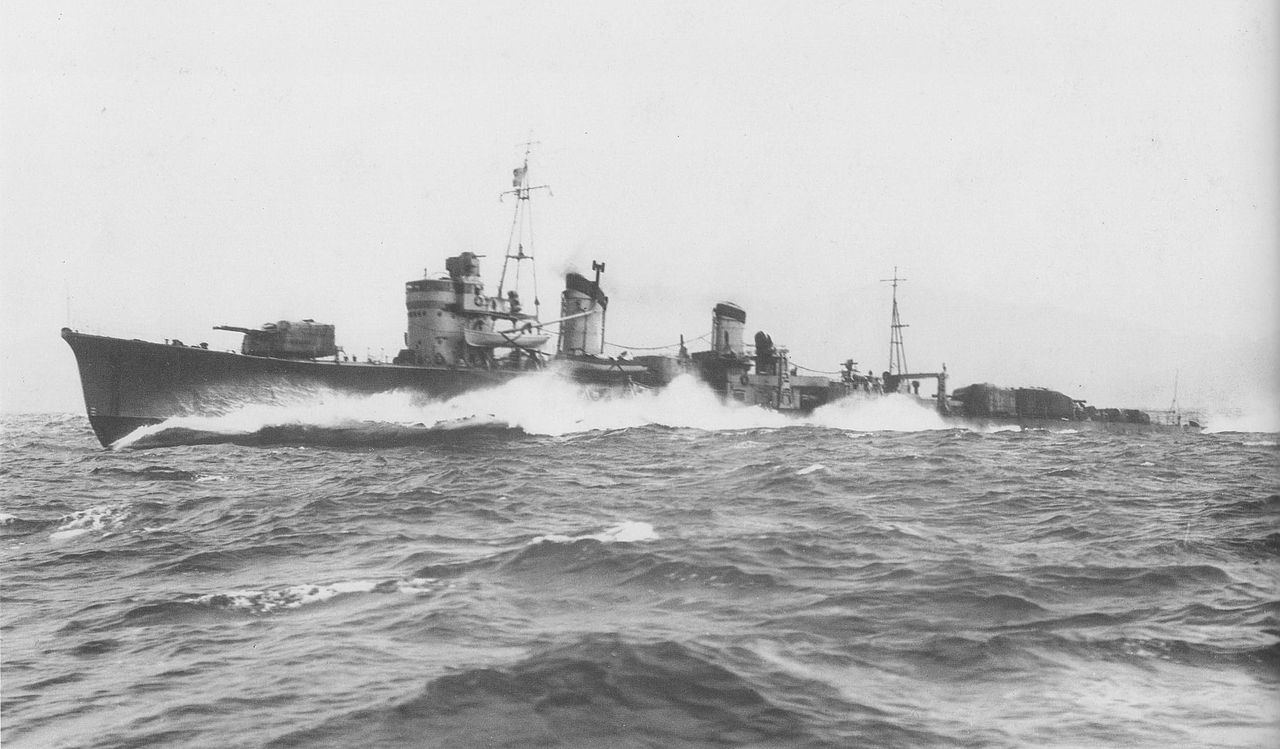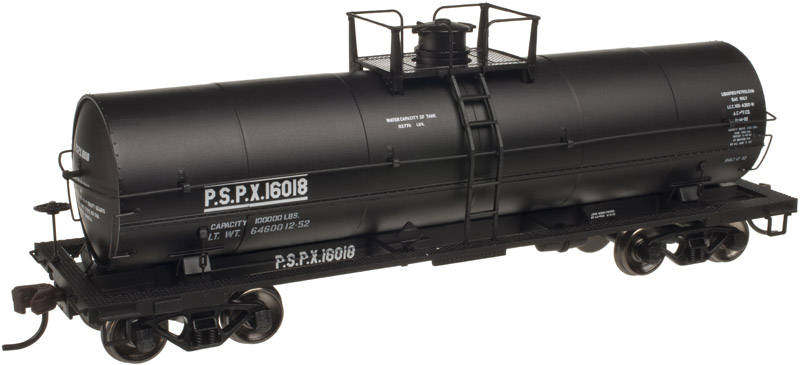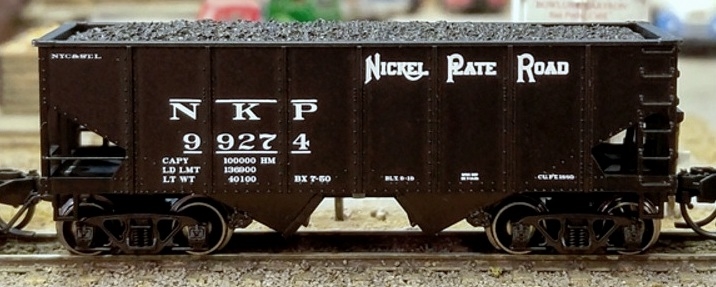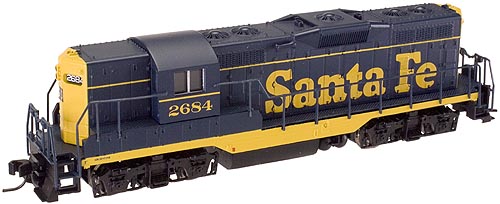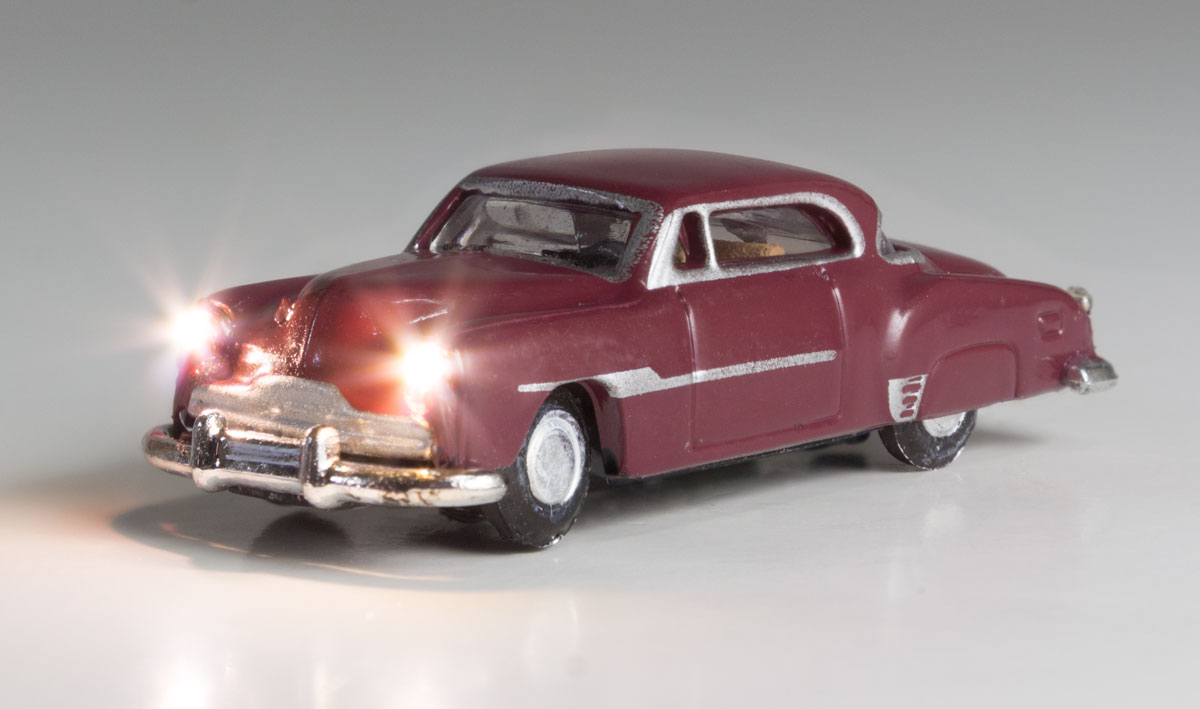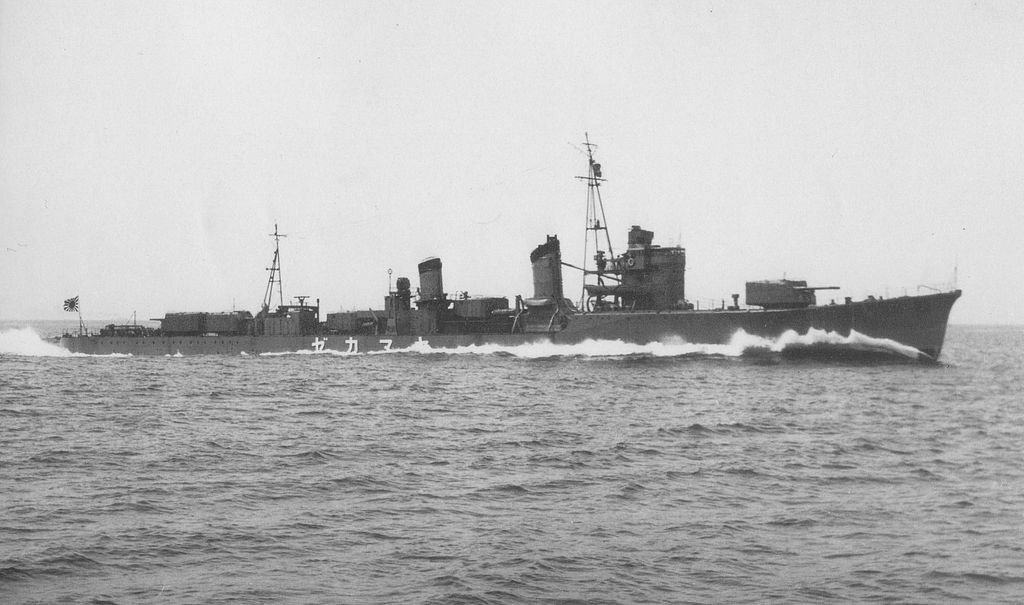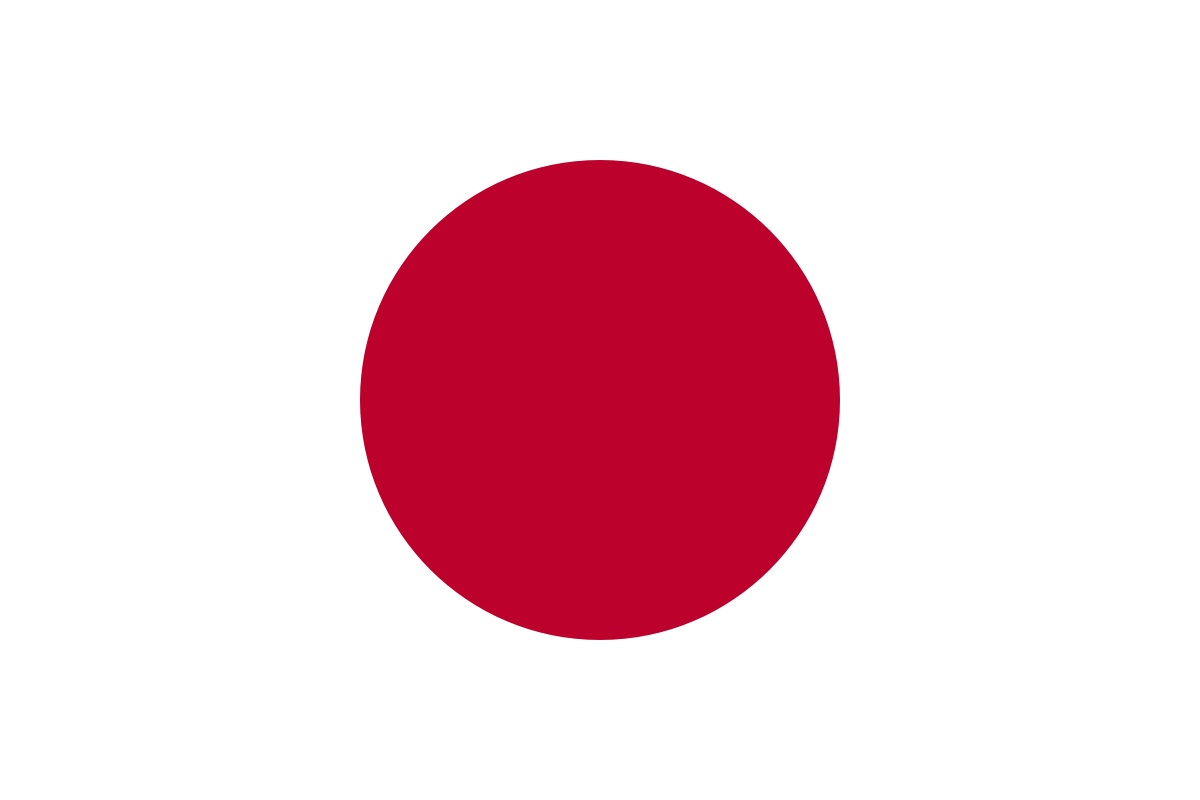History: Umikaze (海風 ”Sea Breeze”) was the seventh of ten Shiratsuyu-class destroyers, and the first to be built for the Imperial Japanese Navy under the Circle Two Program (Maru Ni Keikaku).
Umikaze went into dock at Sasebo in November, where her “X” turret was removed and replaced by additional Type 96 anti-aircraft guns. She returned to active duty at the end of December, escorting a troop convoy to Truk, and then patrolling out of Saipan from mid-January 1944. On 1 February 1944, while escorting a convoy from Saipan to Truk, Umikaze was torpedoed and sunk by the submarine USS Guardfish off the southern entrance to Truk Atoll (07°10′N 151°43′ECoordinates: 07°10′N 151°43′E). She sank slowly, allowing for 215 survivors, with 50 crewmen lost.
Umikaze went into dock at Sasebo in November, where her “X” turret was removed and replaced by additional Type 96 anti-aircraft guns. She returned to active duty at the end of December, escorting a troop convoy to Truk, and then patrolling out of Saipan from mid-January 1944. On 1 February 1944, while escorting a convoy from Saipan to Truk, Umikaze was torpedoed and sunk by the submarine USS Guardfish off the southern entrance to Truk Atoll (07°10′N 151°43′ECoordinates: 07°10′N 151°43′E). She sank slowly, allowing for 215 survivors, with 50 crewmen lost.
Class: The Shiratsuyu-class destroyers were a class of ten destroyers of the Imperial Japanese Navy in service before and during World War II. The initial six Shiratsuyu-class destroyers were modified versions of the Hatsuharu class, and had been originally planned as the final six vessels of that class under the ”Circle-One” Naval Expansion Plan. However, design issues with the Hatsuharu-class ships, notably their “top-heavy” design relative to their small displacement, resulted in extensive modifications, to the point where the final six vessels on order were named as a separate class. An additional four vessels were ordered under the ”Circle-Two Naval Expansion Plan of fiscal 1934, and all vessels were completed by 1937.
As with the Hatsuharu class, the Shiratsuyu-class destroyers were designed to accompany the Japanese main striking force and to conduct both day and night torpedo attacks against the United States Navy as it advanced across the Pacific Ocean, according to Japanese naval strategic projections. Despite being one of the most powerful classes of destroyers in the world at the time of their completion, none survived the Pacific War.
As with the Hatsuharu class, the Shiratsuyu-class destroyers were designed to accompany the Japanese main striking force and to conduct both day and night torpedo attacks against the United States Navy as it advanced across the Pacific Ocean, according to Japanese naval strategic projections. Despite being one of the most powerful classes of destroyers in the world at the time of their completion, none survived the Pacific War.
Nationality: Japan is an island nation in the Pacific Ocean with dense cities, imperial palaces, mountainous national parks and thousands of shrines and temples. Shinkansen bullet trains connect the main islands of Kyushu (with Okinawa's subtropical beaches), Honshu (home to Tokyo and Hiroshima’s atomic-bomb memorial) and Hokkaido (famous for skiing). Tokyo, the capital, is known for skyscrapers, shopping and pop culture.
Although legend has it that Japan was founded in 660BC, archaeologists agree that settlement in the Japanese archpelago dates back as far as 100,000 years. The Jomon Period (8000-c.300BC) is the earliest that has been studied. It is named after the 'jomon' or cord-marked pattern style of pottery of the period.
Although legend has it that Japan was founded in 660BC, archaeologists agree that settlement in the Japanese archpelago dates back as far as 100,000 years. The Jomon Period (8000-c.300BC) is the earliest that has been studied. It is named after the 'jomon' or cord-marked pattern style of pottery of the period.
Item created by: gdm on 2019-05-08 09:23:27
If you see errors or missing data in this entry, please feel free to log in and edit it. Anyone with a Gmail account can log in instantly.
If you see errors or missing data in this entry, please feel free to log in and edit it. Anyone with a Gmail account can log in instantly.


